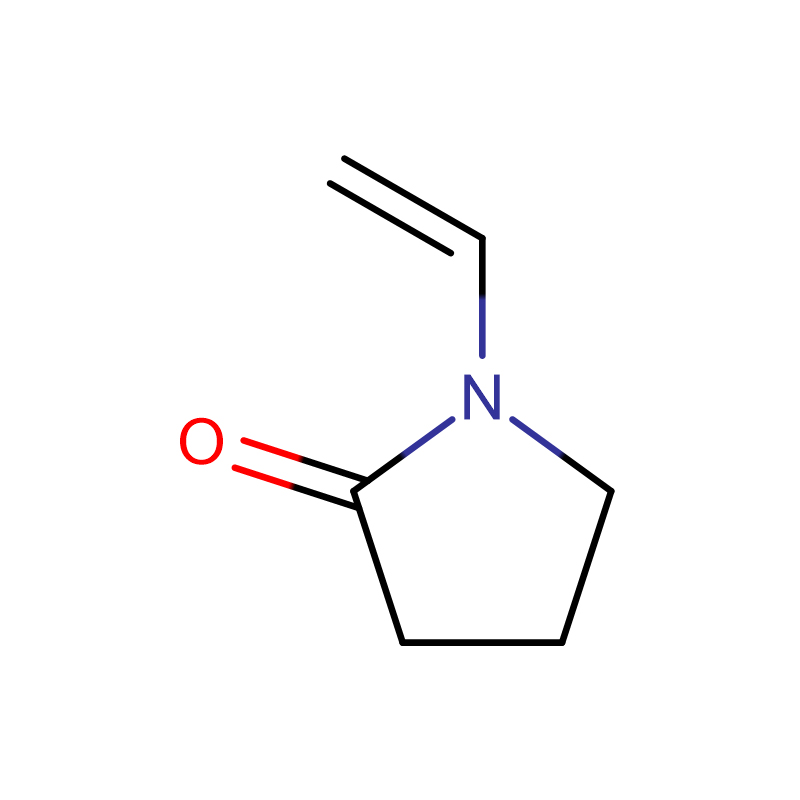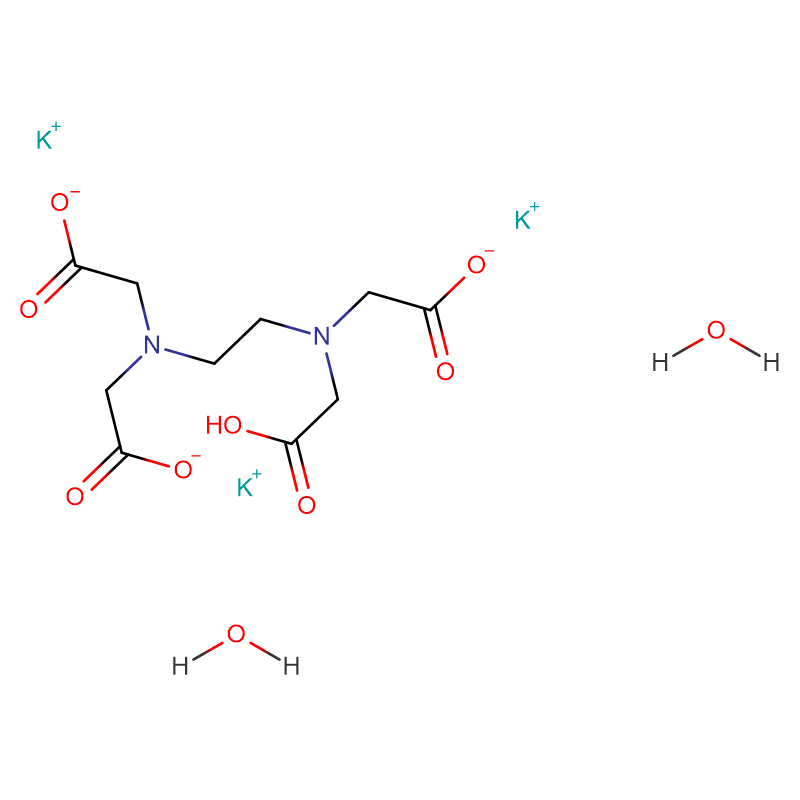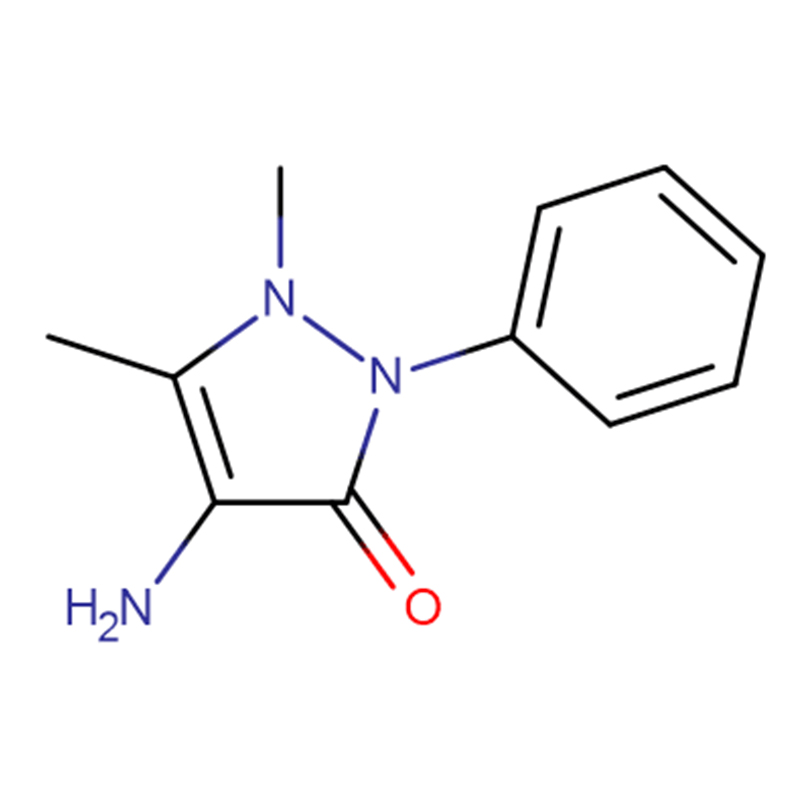PVP-K30 Cas: 9003-39-8 White to yellowish white powder
| Catalog Number | XD90232 |
| Product Name | PVP-K30 |
|
CAS |
9003-39-8 |
|
Molecular Formula |
C8H15NO |
|
Molecular Weight |
141.2108 |
| Storage Details | Ambient |
|
Harmonized Tariff Code |
39059990 |
Product Specification
| Water | <5% |
| Heavy metals | <10ppm |
| pH | 3 - 7 |
| Residue on Ignition | <0.1% |
| Aldehydes | 0.05% max |
| Nitrogen | 11.5 - 12.8% |
| Appearance | White to yellowish white powder |
| K Value | 27 - 32.4 |
| Hydrazine | 1.0% max |
| Assay | 99% |
We have investigated the physical stability of amorphous curcumin dispersions and the role of curcumin-polymer intermolecular interactions in delaying crystallization. Curcumin is an interesting model compound as it forms both intra and intermolecular hydrogen bonds in the crystal. A structurally diverse set of amorphous dispersion polymers was investigated; poly(vinylpyrrolidone), Eudragit E100, carboxymethyl cellulose acetate butyrate, hydroxypropyl methyl cellulose (HPMC) and HPMC-acetate succinate. Mid-infrared spectroscopy was used to determine and quantify the extent of curcumin-polymer interactions. Physical stability under different environmental conditions was monitored by powder X-ray diffraction. Curcumin chemical stability was monitored by UV-Vis spectroscopy. Isolation of stable amorphous curcumin was difficult in the absence of polymers. Polymers proved to be effective curcumin crystallization inhibitors enabling the production of amorphous solid dispersions; however, the polymers showed very different abilities to inhibit crystallization during long-term storage. Curcumin intramolecular hydrogen bonding reduced the extent of its hydrogen bonding with polymers; hence most polymers were not highly effective crystallization inhibitors. Overall, polymers proved to be crystallization inhibitors, but inhibition was limited due to the intramolecular hydrogen bonding in curcumin, which leads to a decrease in the ability of the polymers to interact at a molecular level.








